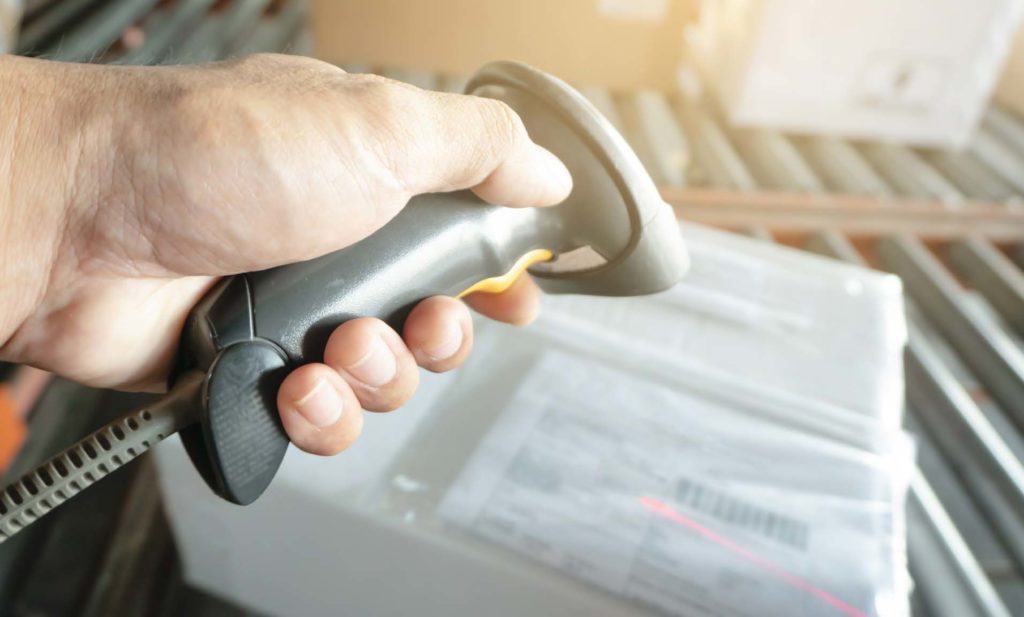Streamlining resource requesting and mission control has long been the central challenge for emergency management professionals. COVID-19, however, presented a challenge no emergency services manager could have anticipated, rendering many of their standardized measures and protocols useless.

Juvare recently brought together a panel of experts to discuss resource requesting and management during the COVID-19 era. Panelists discussed which pre-COVID approaches remained viable, which required adaptations, and customizations, and what aspects had to be created to address the unique challenges presented by the pandemic.
• Mike Resto, state and local director, Juvare East
• Jeff Newbold, chief technology officer, Texas Division of Emergency Management
• Sarah Keally, emergency management specialist, Mission Support, Fairfax County (VA)
• Jerica Shackelford, deputy chief of staff/EOC director, DC Homeland Security and Emergency Management Office
As COVID-19 rapidly spread, state, regional, and county emergency management departments fielded multiple requests from agencies, healthcare facilities, and smaller jurisdictions for material and expertise to respond. Many found their resource requesting procedures and software were not set up for the huge volume and variety of needs the pandemic presented. Deciding how to accept, process, and track ongoing resource requests and how to accommodate as many as possible with limited supplies forced emergency managers to rapidly alter, expand, and in some cases build new capabilities from the ground up.
Texas, for example, is no stranger to hurricanes, tornadoes, and other weather-induced and man-made disasters. The state stockpiled an impressive collection of personal protective equipment (PPE), but as COVID-19 supply requests more than doubled, reaching over 168,000 per day, the State of Texas Assistance Request (STAR) system was not enough to vet and manage them.
“With a finite amount of [PPE] to distribute, we had no good way to determine who got what,” explained Jeff Newbold, the Texas Division of Emergency Management’s chief technology officer. “We couldn’t evaluate whether a rural hospital’s request for 4,000 units was more or less deserving than a much larger request from the nation’s fourth-largest city.”
Because the pandemic touches every aspect of everyone’s lives, the widespread outbreak brought material needs from agencies and organizations that do not typically get involved
in public safety and health issues. Often, that meant these leaders were unfamiliar with the process for obtaining assistance from their state and county. Additionally, especially in the outbreak’s early days, the uncertainties surrounding COVID-19’s effects, incubation period, treatment, and means of spreading created confusion about what agencies and community-service groups actually needed.

Sarah Keally, emergency management specialist for Fairfax County (VA) Mission Support, said the number of requests and the difficulty in tracking needs and suppliers necessitated dedicating resources to prioritization and training.
“A lot of agencies and personnel making requests had not been involved in resource allocation before. We had to train them on the process to ensure we were making decisions base on the most current, accurate data we could get from them,” Keally said. “We needed to know what they already had on hand and what they actually needed to perform their jobs.”
Other agencies, such as the District of Columbia Homeland Security and Emergency Management Office, were transitioning to Juvare’s WebEOC to add flexibility, integration, and collaboration tools to their emergency response capabilities just as COVID-19 reached U.S. shores.
“We knew going in that our processes were not mature enough to meet all the challenges presented by COVID’s magnitude,” said Jerica Shackelford, the agency’s deputy chief of staff
and emergency operations center director. “We had made some process improvements over the years that were not yet reflected in our WebEOC system, so we were faced with building out WebEOC and training a lot of district agency personnel to use the platform and understand the concept of emergency management as we were using it.”
Panelists worked with their internal IT teams and Juvare technicians to generate and customize functionality that improved data collection and structure, tracked supply and demand, identified and managed PPE vendors, and solidified communication with their partner agencies to create a unified response to COVID-19.
Keally’s team in Fairfax County coordinated with local health departments to create and update a list of critical supplies based on the constant flow of guidance from the Centers for Disease Control and other authorities. The document formed the basis for prioritizing which departments would receive N95s, gowns, masks, and other PPE when there was not enough to go around.
The process included finding out which organizations’ personnel had been test-fitted for N95 respirators, explaining to partners that their preferred brand or type of disinfecting wipes, bleach, etc. may not be available, and matching functions with workers and equipment. For instance, law enforcement officers investigating homicides or involved in apprehending suspects needed respirators and full-body gowns while those in traffic control could perform their jobs safely with cloth masks and latex gloves.

“That told us what quantities we needed to order. Then we could get to work identifying and engaging vendors in our supply chain who had enough capacity to fulfill the orders,” Keally said.
The team used WebEOC to generate and track warehouse and procurement operations, ordering, and reporting. Status boards helped the county identify demand trends by comparing what supplies were on hand, what they normally distributed, and how much greater the turnover became as COVID progressed.
Shackelford said D.C.’s resource requesting process was solid, if a bit standard, going into the COVID-19 crisis.
“But it didn’t have a lot of the nuances we needed to serve us in the long term,” she said. “For instance, we set up a way to flag what federal reimbursement types each request could be eligible for. From an administrative and operational perspective, we could see that a purchase might be reimbursed from a variety of sources, so we could make the best choice based on those programs’ parameters.”
WebEOC highlighted these connections and also linked those reimbursement programs to the specific supplies purchased.
“As we built our internal warehouses, we made bulk purchases and connected those supplies to resource requests to see what we could fulfill from current stocks so that our team could fill the order from specific stockpiles,” Shackelford explained.

WebEOC’s supply and vendor tracking proved instrumental in Texas as well. The state used WebEOC to build out warehouse capabilities alongside the STAR platform to keep tabs on all requests.
“We knew that the longer we took to fulfill requests, the further we would fall behind,” Newbold said. “The inventory tool was the main approach to stay current. We started from scratch with a QR code-scanning process because there was no product on the market that could handle what we needed to accomplish on the scale and scope of the state of Texas. WebEOC allowed us to quickly tie that into the STAR process to track it granularly.”
He said WebEOC allowed requesting agencies to enter their needs directly in the system. The system not only handled high-level requests from the regional and municipal level, but eventually fielded requests from the state’s 680 hospitals and thousands of nursing homes, assisted living, and long-term care facilities that did not have access to WebEOC accounts. The software integrated with portals those clients used to interact with higher-tiered users to get their requests in.

Introduction In the digital era, the stakes for cybersecurity have never been higher. As threats evolve and multiply, securing sensitive data becomes not just a

This blog post aims to highlight the critical need for advanced emergency management solutions, emphasizing the value of Juvare’s technology in enhancing organizational resilience. The

Have you ever wondered who ensures your safety during the awe-inspiring moments of a solar eclipse? Behind the scenes, emergency management departments work tirelessly to